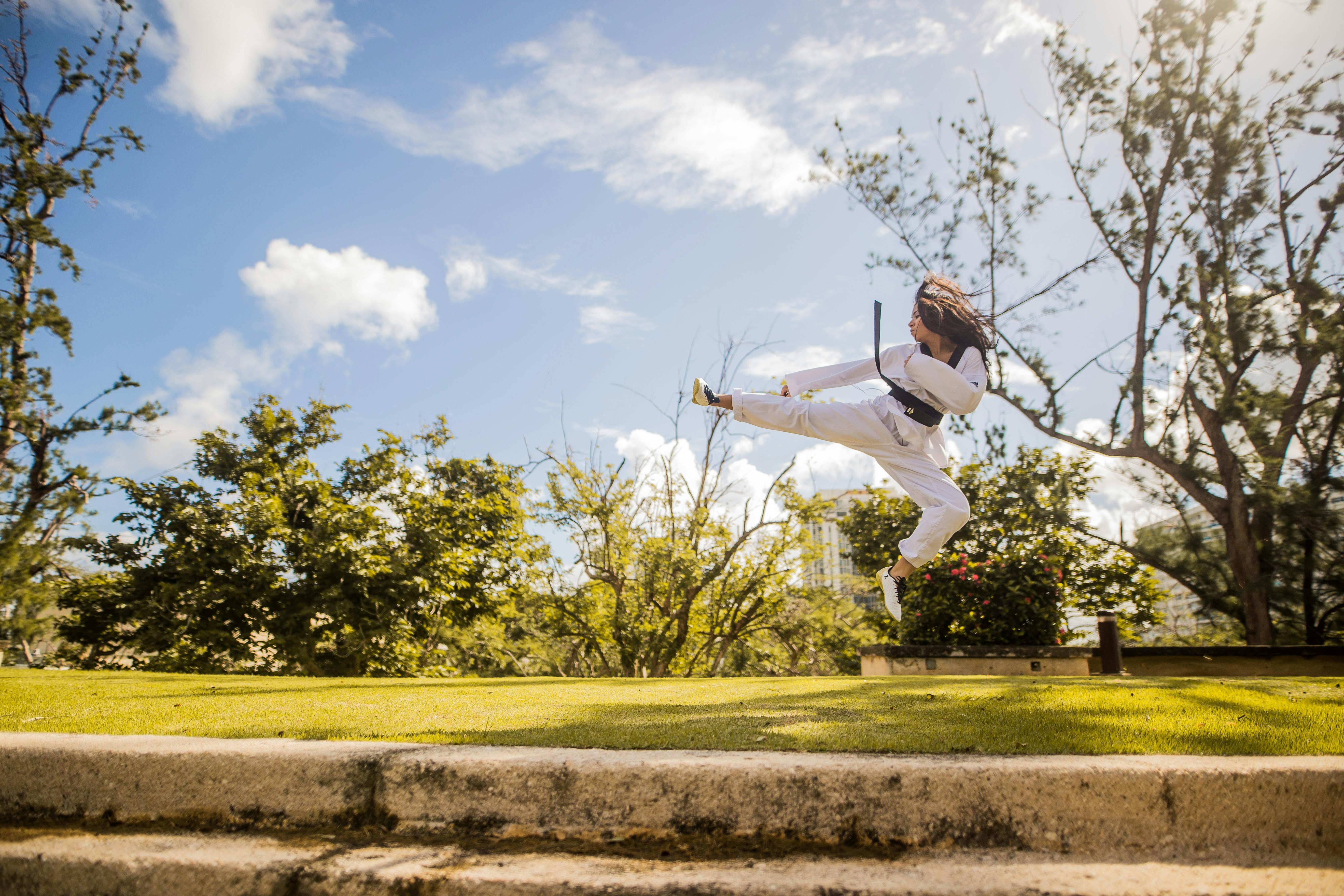Breaking Barriers: The Emergence of Mixed Martial Arts
Mixed Martial Arts (MMA) is a combat sport that has rapidly gained popularity over the last few decades. Its unique blend of various fighting styles, sports disciplines, and its intense physical demands have made it a captivating spectacle for fans and a challenging endeavor for athletes. This article delves into the historical background, current trends, and the real-world applications of MMA.

The Origins and Rise of MMA
Mixed Martial Arts, as the name suggests, is a blend of multiple fighting disciplines. The sport has roots dating back to ancient times, where Greek pankration, a blend of boxing and wrestling, was featured in the Olympic Games. However, the modern form of MMA began to take shape in the late 20th century.
The Ultimate Fighting Championship (UFC), established in 1993, played a significant role in popularizing MMA. The UFC started as a tournament to find the most effective martial art in a real fight. Fighters from different disciplines, including karate, boxing, Brazilian jiu-jitsu, wrestling, and Muay Thai, competed against each other. Over time, fighters realized the need to train in multiple disciplines, leading to the evolution of MMA as we know it today.
Current Trends in MMA
MMA has grown exponentially, with the UFC being the leading organization. Today, MMA events are broadcasted globally, attracting millions of viewers. The sport has also seen a surge in gyms and training centers, leading to an increase in participation at the amateur level.
Fighters are continually evolving their techniques, incorporating new training methods, and strategies. Cross-training in different martial arts and strength and conditioning programs have become standard in a fighter’s regimen. Nutrition and weight cutting techniques have also become critical, given the sport’s weight class system.
The Rigor and Allure of MMA
MMA is a demanding sport, requiring exceptional physical fitness, technical skills, and mental toughness. Fighters must train in various disciplines, master different techniques, and maintain peak physical condition. The sport also poses significant injury risks, given its full-contact nature.
Despite these challenges, MMA’s allure lies in its unpredictable and dynamic nature. No two fights are the same, and the blend of different styles makes for exciting match-ups. Moreover, MMA promotes a culture of respect and sportsmanship. Fighters often show immense respect towards each other, acknowledging the courage and dedication it takes to step inside the cage.
The Impact of MMA
MMA’s rise has had a significant impact on the world of sports. It has not only changed the landscape of combat sports but also influenced fitness and training methodologies. Many fitness enthusiasts incorporate MMA-style workouts into their routines, given their effectiveness in improving strength, endurance, and agility.
Moreover, MMA’s popularity has led to increased interest in martial arts. Traditional martial arts schools have seen a surge in enrollment, and there’s a growing appreciation for the cultural and historical significance of these arts.
Future Perspectives
As MMA continues to grow, so does the potential for further evolution. The sport’s continuous evolution, driven by innovation in training, strategy, and technique, promises an exciting future. Moreover, the growing recognition of MMA as a legitimate sport opens avenues for its inclusion in mainstream sports events.
In conclusion, MMA’s emergence as a popular sport is a testament to its exciting blend of various martial arts, physical demands, and captivating fights. Despite its challenges, MMA continues to attract a growing number of fans and athletes, demonstrating the sport’s enduring allure. The future of MMA looks promising, and its continued growth will undoubtedly contribute to the ever-evolving world of sports.




